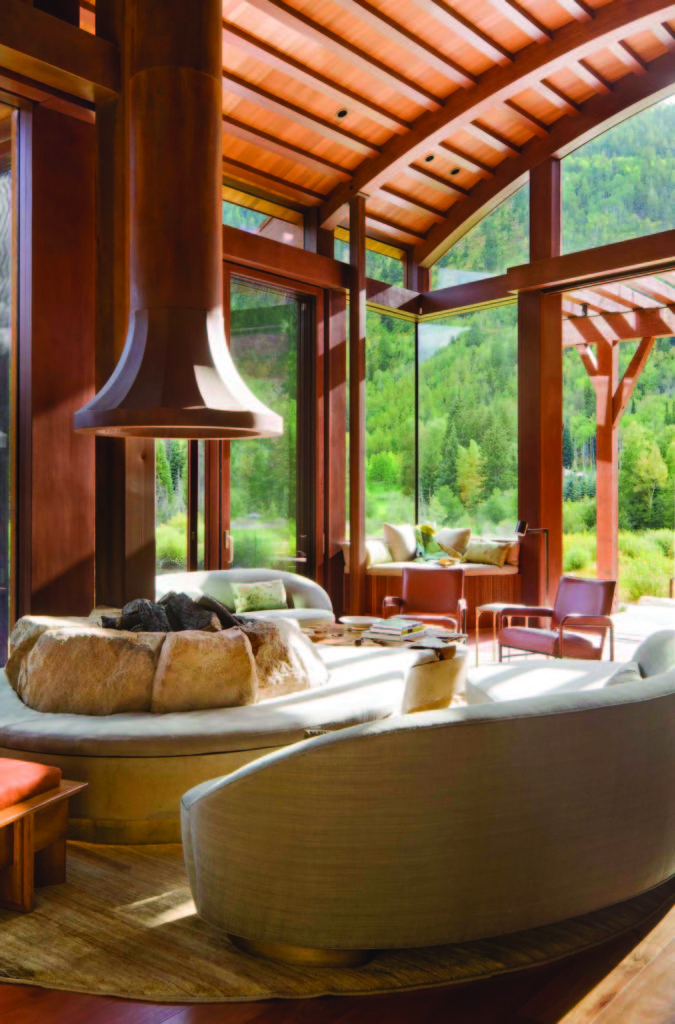
by Lea Sisson
Have you ever asked your architect to design a space that will help you concentrate better? Or if a space can be created to help you heal from surgery or just a stressful week? You know you actually can, if your architect is savvy to a bit of cognitive neuroscience and Evidence-Based Design.
Let me give you a taste of it: Imagine the feeling of walking into a spa to await your treatment, the soothing aroma, the soft, warm light, the textured materials quieting the space, maybe hearing the trickling of water or music evoking waves crashing. Now imagine the experience of sitting in the waiting room at a hospital. A different feeling—yet both are places you go to heal.
Here’s another example: Visualize your home office, with your comfortable chair, your beautiful view, the soft, natural light filtering in through the curtains. Now imagine your modern urban office, the hard glass enclosure, the flickering energy efficient lighting humming above.
It takes just a few examples to make it easy to understand what elements make our environments more restorative from an intuitive perspective, but what is really exciting is that every day, new empirical evidence backs it up.
Probably one of the most thorough works to date is Terrapin’s “14 Patterns of Biophilic Design,” a study that rigorously outlines the ways to enhance design from a human perspective, backed with scientific evidence from leaders in the field including Christopher Alexander, Judith Heerwagen, Stephen Kellert, and Roger Ulrich. With this research, we know we need buildings designed with a view of nature, as well as ones that allow direct connection to nature through our other senses. Natural light is vital for maintaining our circadian rhythms and keeping us alert; it can also be used dynamically, diffused with patterns to create a calming space.
It’s one thing to have a screensaver of a beach scene, and quite another to feel the sun on your skin, hear the waves, and smell the salt air. Finding the ways and methods to create a true sense of the world and a sense of yourself in that world is becoming increasingly important. By understanding the way we experience our surroundings with all our senses, we can then create spaces that can keep us more focused or more at rest.
As we move away from the office tower and into our homes, we have the opportunity to incorporate new ways to improve our working environment. Where it was once important to make a hospital or school an accredited green building, now programs like the living-building challenge are prioritizing restorative design components, and incentivizing human health and well-being on the civic scale.
But why should we stop there? What if our homes became as therapeutic as the getaway vacation cabin? Knowing the methods to create these spaces, giving my clients spaces that enable thriving rather than surviving—that is my passion. leasissonarchitects.com





